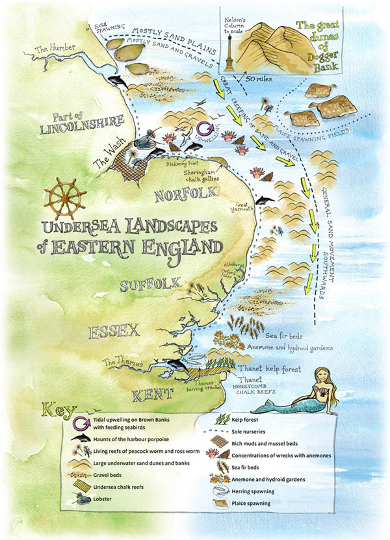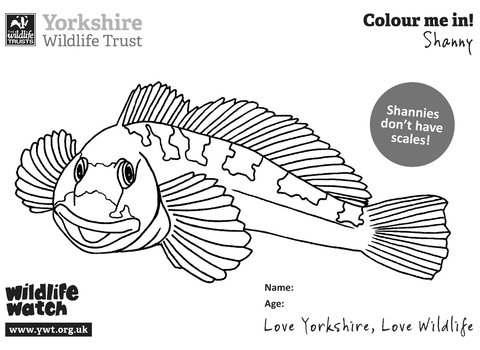Explore our resources!
When teaching about the environment, people often use examples of wildlife across the globe. We want to help bring the Yorkshire coast into the classroom, using examples of wildlife we find right here on our doorstep. Each video is accompanied with educator resources, including all key stages (1-4) it can potentially be linked to.
With your students, try our living seas 'after school' club to teach them about the wildlife we find off the Yorkshire coast, the problems our oceans face and why the sea is so important to us!
Marine life
Discover the basic marine life we find in Yorkshire rockpools!
Food chains
Using examples of marine animals you find right here off the Yorkshire coast, learn about food chains...
Adaptations
Learn about the variety of adaptations rockpool and estuary animals and plants have had to adopt to survive living along the Yorkshire coast...
Fossils
Find out about the common fossils we find in Yorkshire and what animals they came from. Also work out the height of a megalosaurus from within your own classroom...

School and group sessions
Our experienced team can’t wait to welcome you and your school or group.
So get kitted up, ready for a wilder learning experience!
Children who are members of the Children's University can claim one learning hour for each of the activities completed. Keep your work as evidence and add the hours to your CU passport.
Living Seas 'after school' club
With your students, watch the videos below and work through the different activities to teach them about the wildlife we find off the Yorkshire coast, the problems our oceans face and why the sea is so important to us!
Week 1: Life in the North Sea
Task 1
Watch the video below and try to name as many animals as you can.
Task 2
Try to sort the images below into groups using the flashcards.
More resources
Week 2: Habitats & Marine Protected Areas
Task 1
Design and draw a HABITAT that your creature may live in.
Think about how it moves, what it eats and what it looks like.
Task 2
Look at the map and decide on a place you would like to protect and why.

More resources
Week 3: Marine Plastics
Task 1
Pick up litter wherever you are.
It can be at school, at your local park or on a beach if you are lucky enough to live near the sea!
Use the form below to record what you have collected and think about what it is, what it's made from, where it might have come from and how long it might take to break down.
Why not try sorting the litter into different materials and seeing how much there is?
Task 2
Think about how you can cut down on plastics and single use items at home or at school.
More resources
Week 4: Ocean acidification
Task 1
Demonstrate how humans can have an effect on ocean acidification.
1. First, measure the pH of the sea water
2. Then gently blow into it using the straw
3. Measure the pH again - how much has it changed?
Equipment needed:
- pH strips
- Jar of sea water
- Paper straws
Task 2
How does acid (vinegar) affect your chosen shell?
Place it in the vinegar and write down what happens
Equipment needed:
- A shell
- Jar of vinegar
More resources
Week 5: People & sea
Task 1
Design a questionnaire about the sea.
You can ask questions, get people to rank their answer, use true or false. List 5 to 10 questions. If you have time, illustrate your questionnaire.
Task 2
2 jobs - scientist and fisherperson
Discuss each one - what skills do you need and how could they both work together?
More resources
Week 6: Future for oceans
Task 1
Create and Ocean Code.
Design a code that can be followed by people that use the sea and helps both protect it, and for it to be enjoyed. Illustrate it if you have time.
Task 2
Create an Ocean Campaign.
Design a campaign on an ocean issue. Think about:
- What you are campaigning about
- Who you are targeting
- What actions are you asking people to do
- How to get the most people involved as possible
More resources

Printables
Check out our page of 'printables' to find a whole host of resources and activities.
If you are unable to print things off yourself, please let us know!



